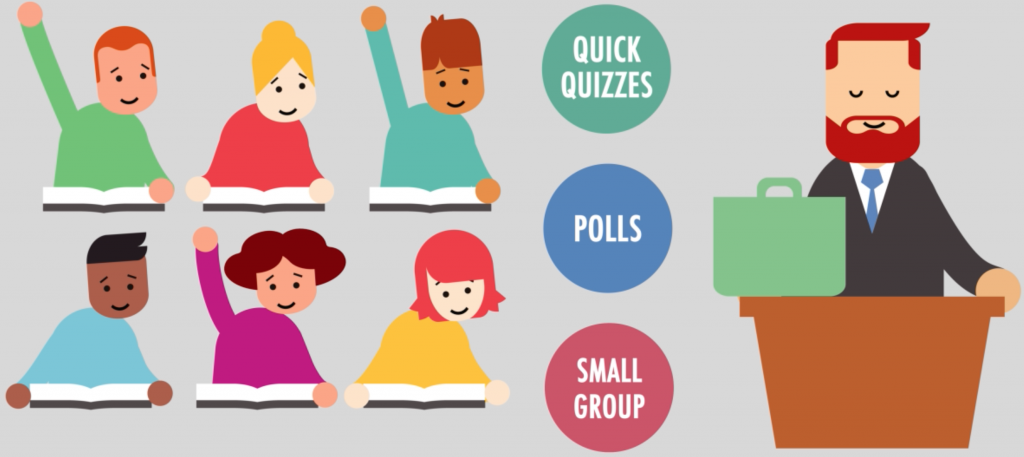|
Through my discussions with college instructors, as well as my own experience as a teacher, I have realized that the college classroom discussion with undergraduates can be a somewhat elusive phenomenon. Many aspiring instructors envision going into their first college classroom and engaging in a compelling discourse with students about crucial primary sources in American History, American Government, and World History. The reality soon falls short of the expectation when they have their first disappointing discussion, in which only one or two students participate, and the conversation lasts all of ten minutes. After experiencing this, many instructors soon revert back to the 75-minute lecture. How do we make the elusive classroom discussion into a reality? After much trial and error, I have found some sure-fire ways to prepare and engage my students in the discussion format. Concise, Targeted Readings for Backgrounding Focus with a Primary Source Another aspect of choosing the primary source is either to excerpt it or to divide a longer documentary source into chunks. I will give the chunks subtitles to remind myself of the concepts that I want students to understand clearly. Over the course of the term, I like to select a variety of sources — images, videos or films, music, art, letters, timelines, data, and so on. Once I have a clear idea as to what specific connections between the reading and the source that I want to highlight, the planning becomes much easier. Bring In Another Medium to Pique Interest The Inquiry and the Graphic Organizer I also assign as homework a graphic organizer or close reading questions about the primary source. The students need an incentive to come to class prepared for the discussion. They also need to have it broken down for them into manageable parts so that they can begin to understand what they are analyzing in a field of study that they are not familiar with.
Debriefing Techniques in the Classroom Then, using classroom polling technology, I direct each group to share a concise answer to the historical question at hand. The discussion naturally takes off, because we can compare and contrast what the groups have come up with. It is also helpful to designate a speaker from each group to summarize their group’s discussion. This activity can be done quickly in 15-30 minutes. I have received some of my best student evaluations using this discussion format because my students are able to truly engage with the course materials. These simple tweaks to my classroom discussion strategy have taken on the elusive classroom discussion and have made it a successful reality. For my primary source reader, I use digital essays from Globalyeum. Globalyceum has offered one of their primary source lessons for you to demo in your classroom. Contact [email protected] to gain access to a set of primary source materials. |
The Elusive College Classroom Discussion
Please follow and like us:

